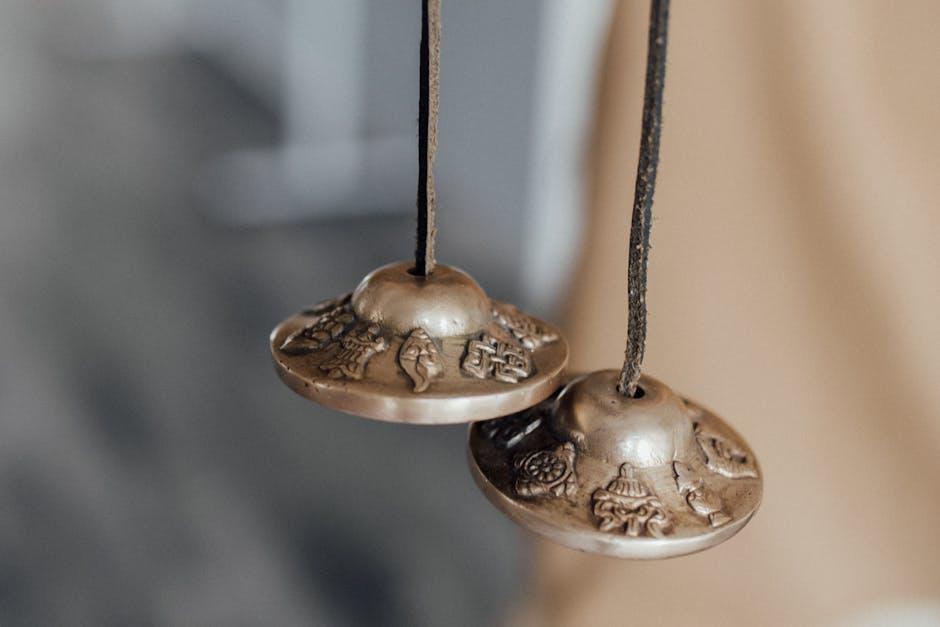In the evolving landscape of cinema and theater, production design has emerged as a powerful tool, shaping the visual and emotional fabric of storytelling. However, as sets grow increasingly elaborate and visually captivating, a critical question arises: is this emphasis on aesthetic splendor detracting from the authenticity of performances? This article delves into the intricate balance between visual storytelling and genuine character portrayal, examining whether the allure of meticulous design might overshadow the raw, unfiltered expressions of actors. By exploring the dynamics between set design and performance authenticity, we aim to uncover whether the visual spectacle enhances or hinders the essence of storytelling.
Balancing Aesthetic Appeal and Genuine Expression
In the quest for visual splendor, production design often walks a tightrope between enhancing the narrative and overshadowing the core of the performance. Striking a balance requires a nuanced understanding of how set pieces, costumes, and lighting interact with an actor’s portrayal. Excessive ornamentation can sometimes distract, drawing attention away from the subtle nuances of an actor’s craft. Conversely, a well-designed set can provide context and depth, enriching the audience’s emotional engagement.
- Immersive Environments: When done right, production design transports viewers into the story’s world, providing a backdrop that enhances the authenticity of performances.
- Over-Emphasis on Visuals: There is a risk that lavish designs may prioritize spectacle over substance, diluting the raw, unfiltered expression actors bring to their roles.
Ultimately, the synergy between aesthetic and expression depends on a collaborative approach where designers and performers work in harmony. By ensuring that visual elements complement rather than compete with the performance, creators can maintain the authenticity that resonates with audiences.

Understanding the Impact of Over-Designed Environments
In the quest for visual splendor, modern production design often teeters on the brink of excess, creating environments so meticulously crafted that they overshadow the performances meant to inhabit them. The allure of an intricately designed set can sometimes lead to a paradox where the surroundings, rather than enhancing the narrative, detract from the raw, unfiltered essence of the characters. This raises a critical question: Are we sacrificing the authenticity of performances for the sake of aesthetic grandeur?
- Visual Dominance: Over-designed environments can command attention, drawing focus away from the subtleties of the actors’ expressions and interactions.
- Stifled Creativity: When a setting is overly prescriptive, it can limit an actor’s ability to improvise and explore the depth of their role.
- Disconnection: An environment that feels artificial or exaggerated may create a barrier between the audience and the narrative, hindering emotional engagement.
While striking visuals have their place, it’s crucial to strike a balance that allows performances to shine without being eclipsed by the very stage they stand upon.
Enhancing Performance through Thoughtful Design Choices
In the realm of production design, the synergy between aesthetics and authenticity is pivotal. Thoughtful design choices can amplify a performance, drawing audiences deeper into the narrative. By integrating elements that resonate with the story’s core, designers can enhance the actor’s portrayal, creating a more immersive experience. This requires a delicate balance between visual allure and narrative truth, ensuring that the set does not overshadow the performer but rather complements their craft.
- Minimalist settings can highlight nuanced performances, allowing subtle gestures to take center stage.
- Period-accurate details ground characters in their world, fostering a believable and engaging atmosphere.
- Color palettes are not mere backdrops; they evoke emotion and set the tone, aligning with the storyline’s ebb and flow.
Ultimately, when production design is executed with intention and respect for the narrative, it becomes a powerful ally in storytelling. The challenge lies in ensuring that the visual elements serve to elevate rather than distract, offering a seamless fusion of sight and sentiment.

Recommendations for Harmonizing Design and Authenticity
In the quest to balance design with genuine performances, a few key strategies can enhance both elements. Prioritize story-driven design: Ensure that every design choice supports the narrative and characters. This can involve using period-appropriate props or settings that reflect the socio-cultural context of the story.
- Collaborative approach: Encourage open communication between designers and performers. By understanding each other’s perspectives, both can work towards a shared vision that enhances authenticity.
- Minimalism over extravagance: Sometimes, less is more. Stripping back unnecessary embellishments can allow the raw emotion and skill of the performers to shine through.
- Dynamic adaptability: Be open to adjusting design elements during rehearsals. This flexibility can reveal new opportunities to align the design with the actors’ interpretations.
By integrating these recommendations, production teams can create environments that respect and elevate the authenticity of performances, ensuring that neither design nor performance is overshadowed.

